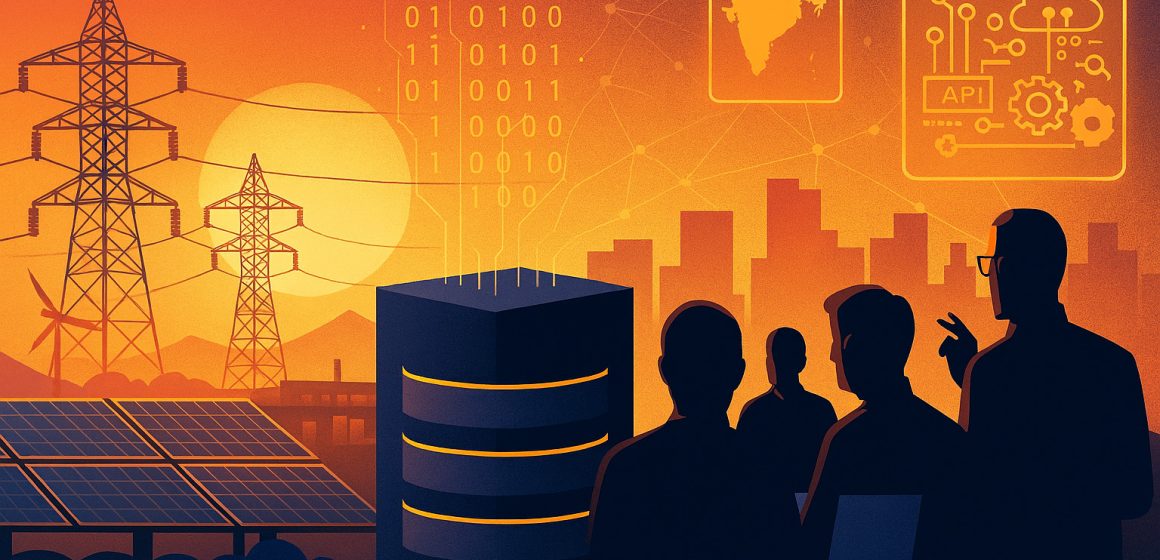India’s power sector digital backbone is moving into high gear, with monthly taskforce meetings set to drive the India Energy Stack (IES) project toward its July 2026 completion.
The Ministry of Power convened the India Energy Stack (IES) taskforce on Monday to accelerate the development of India’s digital public infrastructure (DPI) for the power sector.
The meeting centred on reviewing two foundational documents — the draft IES Strategy Document (v0.1) and the IES Architecture Document (v0.1) — which will shape the unified digital backbone for the country’s energy ecosystem, a statement from the government-owned power financier REC said.
The taskforce, comprising leading experts from technology, power, and regulatory domains, engaged in detailed roundtable discussions to provide strategic guidance.
The IES initiative, envisioned as a secure, interoperable, and future-ready digital backbone for the entire energy value chain, is being advanced with REC Ltd as the nodal agency and FSR Global as the knowledge partner.
Jitendra Srivastava, CMD of REC Ltd, described the meeting as a pivotal milestone. “The IES strategy and architecture documents are vital frameworks that will be enriched by the collective wisdom of our Taskforce members. The inputs received will help consolidate the framework and shape the pathway toward refinement and the pilot phase.”
Key attendees included taskforce Chairman Ram Sewak Sharma, Chief Architect Pramod Verma, and Vice Chair Pradeep Kumar Pujari. They were joined by senior representatives from the Central Electricity Authority (CEA), All India Digital Authority (AIDA), REC Ltd, Grid Controller of India Ltd, Indian Electrical and Electronics Manufacturers’ Association (IEEMA), Future of Sustainable Resilience Global (FSR Global), Foundation for Interoperability in Digital Economy (FIDE), Pashchimanchal Vidyut Vitran Nigam Ltd (PVVNL), NITI Aayog, and the Ministry of Power.
Monthly Meeting to Expedite Rollout
Taskforce members noted that IES could do for the power sector what Aadhaar did for identity, and UPI achieved for digital payments. Monthly Taskforce meetings will now be held to ensure timely progress, with the project scheduled for completion by July 2026.
Defined as a DPI, the IES aims to connect stakeholders and assets, enable open data exchange through uniform standards, and unlock transparent, reliable, inclusive, and affordable energy access. By establishing common digital protocols, open APIs, and federated registries, IES will bridge silos, enable real-time data exchange, and foster innovation.
The initiative is expected to enhance operational efficiency for DISCOMs, accelerate renewable energy integration, support green energy markets, and deliver consumer-centric power services.


